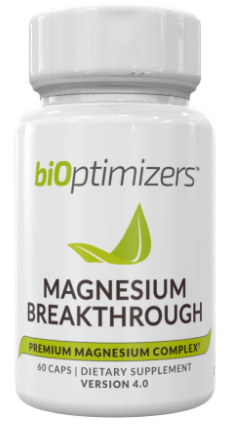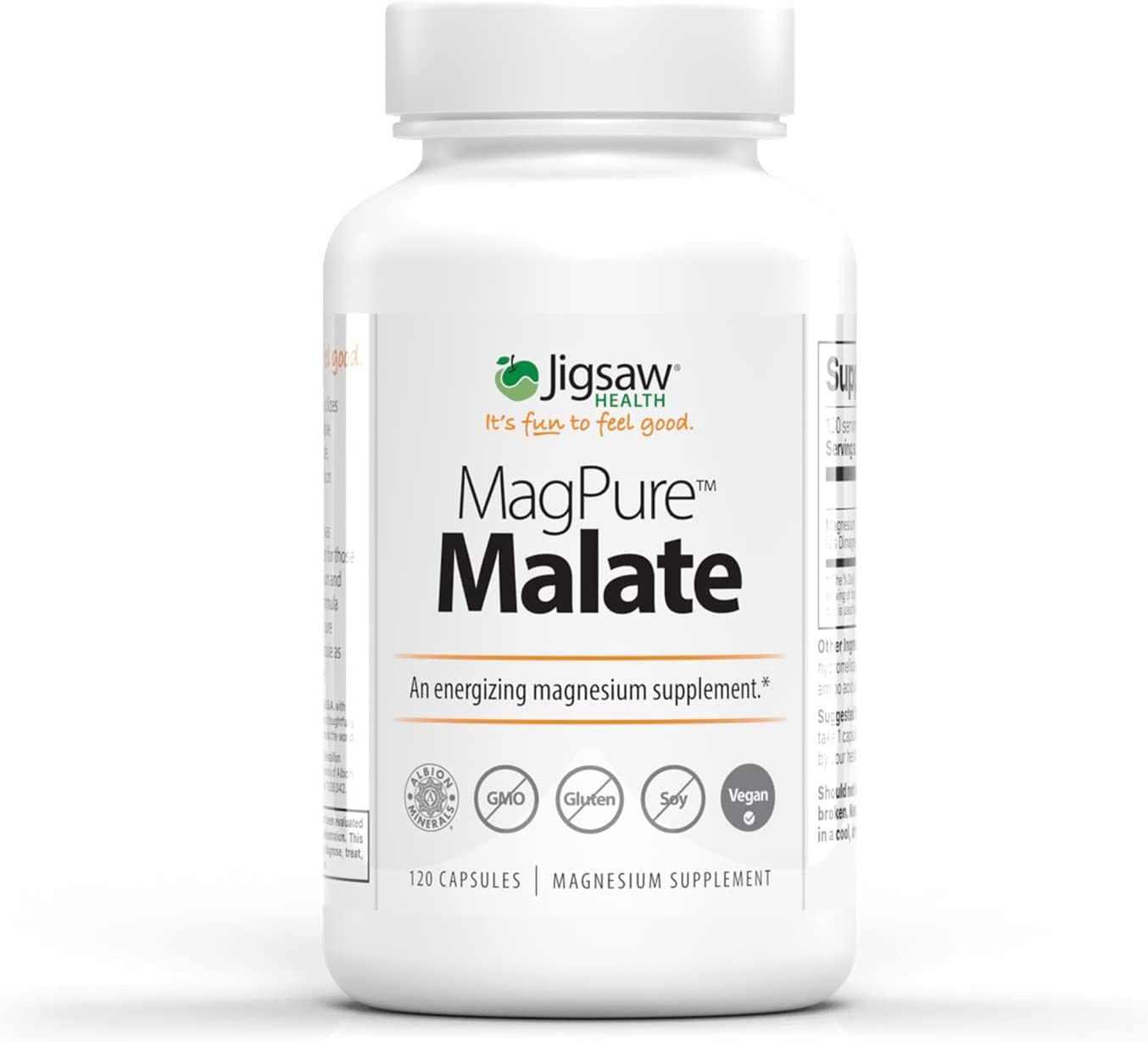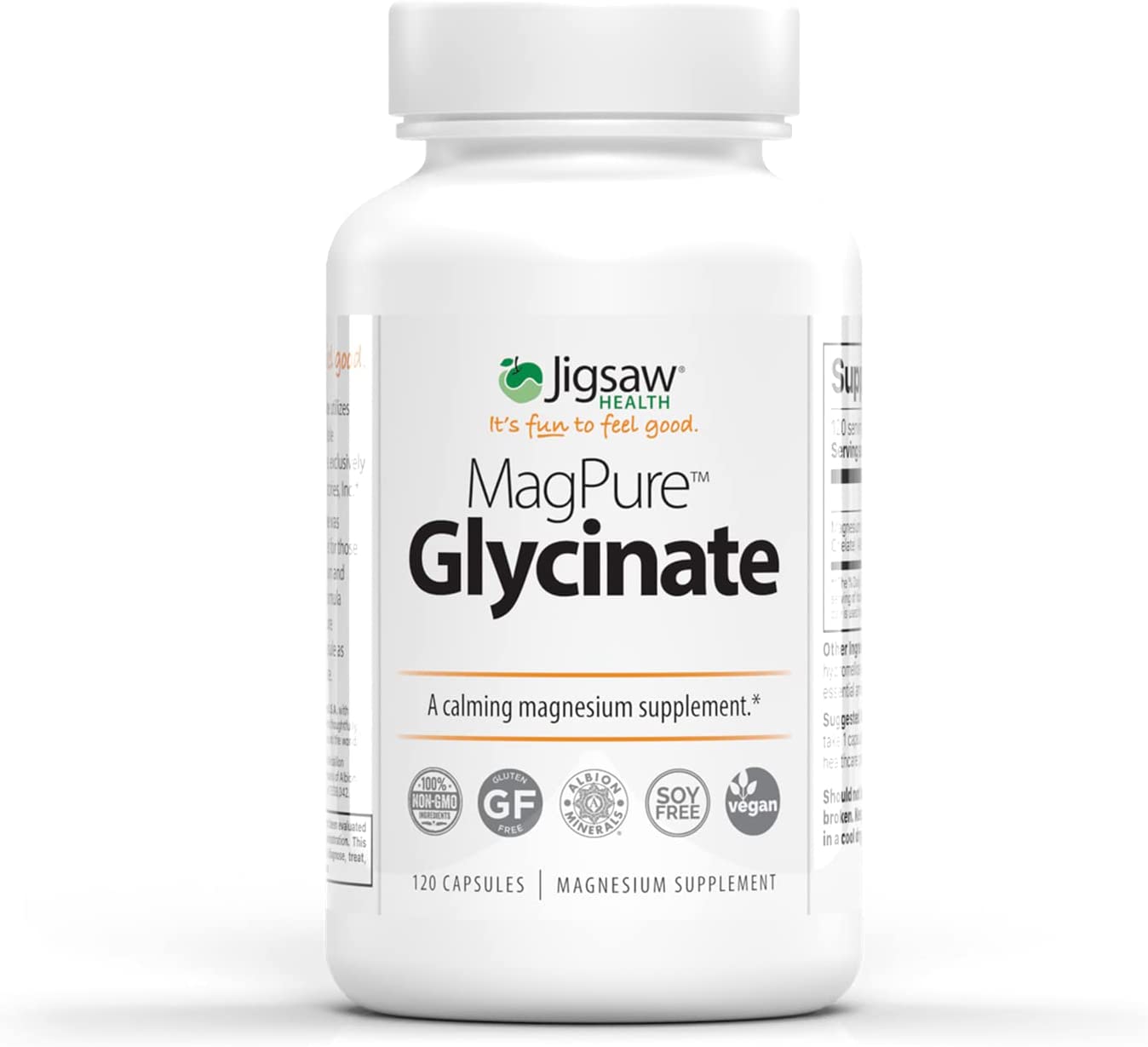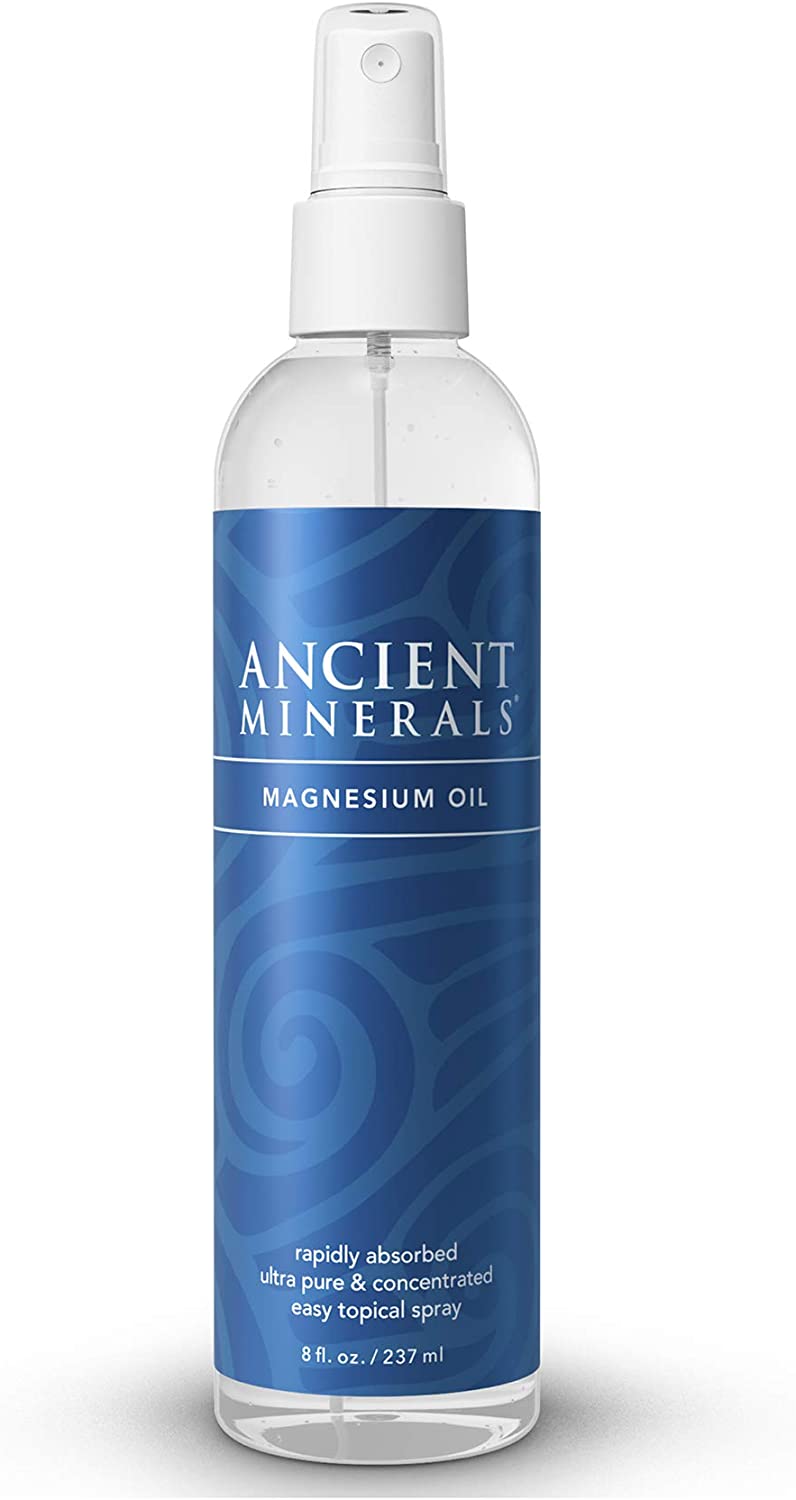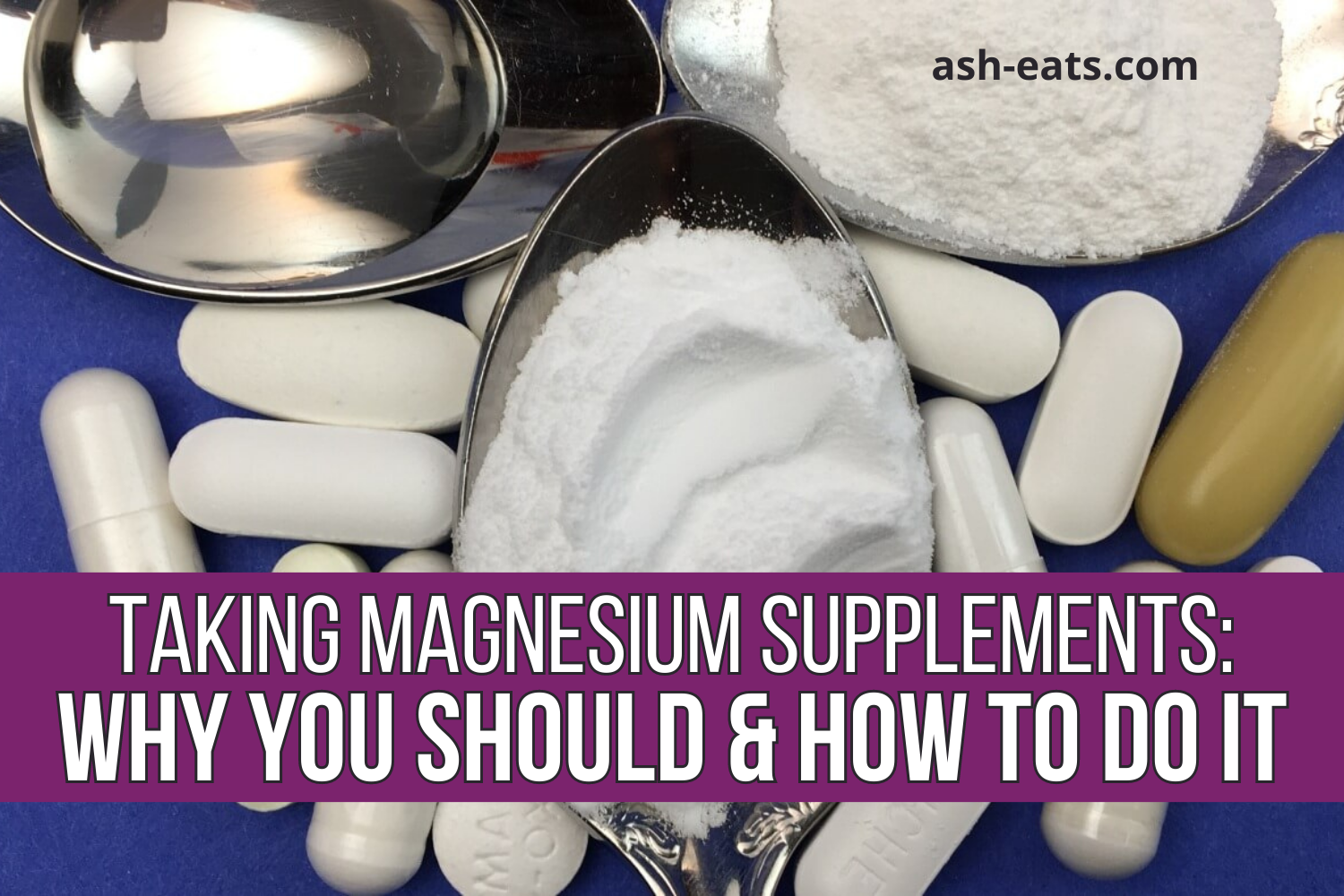
Published on August 27, 2021 by Ashley Rothstein
So, you’re wondering about taking magnesium supplements.
Maybe you’ve heard that you should take magnesium, but you’re not exactly sure how to.
Topically? Orally? Both? How often? How much?
This post will cover all of that.
Along with salt, magnesium is the mineral that radically transformed my health as soon as I prioritized consuming it. Like…in days. Better sleep, steady mood, increased energy, and believe it or not…even a decrease in cellulite (!).
Most people are deficient in magnesium. If you’re one of these people, a radical transformation may be in order for you too.
If you supplement with oral magnesium, it may be working for you…or it may not be enough. I took magnesium orally for years. I did not experience the transformation I speak of until I:
- switched to a better oral magnesium supplement, and
- started applying magnesium transdermally to replenish my intracellular magnesium stores.
More on both of those later. Let’s get into it.
What is magnesium and who needs it?
Magnesium is an important mineral that is crucial for hundreds of vital functions in the body, namely muscle relaxation, sleep, and mood.
Who needs it?
Short answer: almost everyone.
If you do a Google search on “magnesium deficiency,” you’ll quickly learn that nearly everyone is deficient in magnesium.
Modern soil isn’t nearly as rich in magnesium as it once was. So not only is it hard to get enough magnesium from our diets due to nutrient-poor soil, but certain foods don’t help.
If you’re someone who consumes caffeine, alcohol, processed sugar, or foods high in phytic acid (legumes, seeds, nuts, grains), the magnesium you do have is getting pulled out of your body by these foods.
Many of us are swimming upstream here to get enough of this crucial mineral. So taking magnesium supplements may be a good idea.
If you experience insomnia, anxiety, depression, restlessness, infertility, irritability, fatigue, allergies, brain fog, high levels of stress, heart palpitations, muscle spasms, body odor, carb cravings, or really, basically anything that feels off in your body – you could probably benefit from upping your magnesium.
How to increase your magnesium intake
Like I said before, it’s nearly impossible to get enough magnesium through diet alone, so it’s probably a good idea to supplement.
But how? Your first thought may be to supplement orally. I used to think that this wasn’t the best way, but I go back and forth with this based on my own personal experience.
Magnesium is not well absorbed by the digestive tract, especially if you have existing gut troubles like leaky gut, food sensitives, and/or vitamin deficiencies.
And at high doses, oral magnesium becomes a laxative.
This may not be efficient for someone who is trying to replenish their magnesium levels as there is only so much you can take orally without feeling the consequences.
And studies show it can take anywhere from 6 weeks to up to a year to restore intracellular magnesium levels!
In the past, oral supplementation sometimes made my stomach or mood feel a bit weird. So I was convinced it wasn’t optimal.
But every time I stop taking my oral magnesium supplement, I feel it. I mean, REALLY feel it. My sleep starts to seriously suck and I become more and more constipated. Then like clockwork, once I start to take it again, I sleep like a rock and have beautiful poops.
This is the product I use and I absolutely love it. It has seven different types of magnesium. I don’t love that it has a few other synthetic ingredients, but it’s the best one I’ve found so far. Both my husband and I (and lots of my readers) have had great experiences with it.
BiOptimizers Magnesium Breakthrough
Use code ASH10 for 10% off.
On top of the above full-spectrum magnesium product, I also do targeted magnesium supplementation: malate in the morning and glycinate at night.
While the effects of the full-spectrum magnesium are wholesome and general, the effects of the malate and glycinate are potent and specific.
Magnesium malate is known to be energizing, so I usually take 200mg of it in the morning with my first meal.
Magnesium glycinate contains the glycine molecule which is known to induce relaxation, so I take 50-100mg of it at night alongside full-spectrum magnesium.
According to the root cause protocol (which I have been playing around with in recent months), to get your optimal dose of magnesium, multiply 5 by your body weight. So if you’re 150 lbs, for example, your optimal dose of magnesium would be 750 mg per day.
This number is not set in stone, however. Play around with it and use how you feel as the ultimate judge. I find that the more magnesium I feel (to a point, of course), the better I feel. I am taking 750mg per day right now.
Below are the magnesium malate and glycinate products I use.
Magnesium Malate
Use code ASHLEYR for $10 off.
Magnesium Glycinate
Use code ASHLEYR for $10 off.
Below is a message from someone who tried out the glycinate for sleep.

Another way to supplement with magnesium
I used to think oral supplementation was the only way to get magnesium, but it’s not.
Enter: transdermal magnesium.
You apply it topically – usually in the form of a spray, lotion, or by sitting in a bath with magnesium flakes – and the magnesium gets absorbed through your skin.
I was skeptical about transdermal magnesium for some time, writing it off as a surface-level remedy without understanding that it could help my body on the inside until I started using it. I was surprised when I experienced the benefits almost immediately.
Transdermal magnesium has been shown to accelerate the restoration of intracellular magnesium levels.
Dr. Shealy – one of the world’s leading experts in pain, anxiety, depression, and chronic disease management – performed a study on nine individuals with low intracellular magnesium levels. He required them to soak their feet for 20 minutes per day in water with magnesium chloride bath flakes and spray their entire body once per day with transdermal magnesium spray.
After 12 weeks, all but one individual showed significant improvements in their intracellular magnesium levels, some upwards of 262%.
Transdermal magnesium works because it creates something called tissue saturation. This means you can take high doses of it without the loss or consequence experienced when sending it through the digestive tract.
I used transdermal magnesium daily/liberally for months before becoming pregnant. I feel like it really helped me replenish my magnesium stores, which is great.
But the downside…
It leaves a salty/sticky residue after application and I don’t love the way it feels. You can time the application with a shower to avoid this, but I’m often too lazy to do that. And depending on how much you use, the magnesium can relax/sedate you in minutes. I don’t like feeling that way during the daytime, so if I shower early in the day, this poses a problem.
I stick with oral supplementation for now, but transdermal magnesium can be great if you’re looking to replenish your magnesium stores.
As I mentioned before, I committed to a few months of transdermal magnesium use to replenish my intracellular magnesium levels, and I’m really happy that I did. Below are the products that I used. Ancient Minerals offers plenty of other magnesium products too.
How to take transdermal magnesium
It’s easy!
If using the spray, spray it on your skin, rub it in, and allow it to sit for at least 20 minutes so it fully absorbs.
Most sources suggest 15-20 sprays per day, but I drown myself in it. I probably spray myself upwards of 50 times, and I rub the oil all over my entire body.
It’s hard to overdo topical magnesium as your cells take what they need and dump the rest.
If using the bath flakes, use 1 cup for a foot soak, or 3 cups (up to the entire bag) for a bath.
Ancient Minerals Topical Magnesium Oil Spray
Use code ASHLEYR for 10% off.
Ancient Minerals Magnesium Bath Flakes
Use code ASHLEYR for 10% off.
Note: When first using transdermal magnesium, it may sting and you may feel salty or sticky. Research shows that the stinging may signify a magnesium deficiency, and with consistent application, it should go away.
Want to learn more about my full real food supplement routine (and why you may want to consider ditching your manufactured supplements)?
Read this post here to learn more. It also talks about taking magnesium supplements.
When to use transdermal magnesium
When I started using transdermal magnesium spray, I applied it at night before bed. The first three nights I applied it, I felt like I was injected with energy about 30 minutes after using it.
I thought something was wrong because magnesium is supposed to relax you and help you sleep. But after doing some research, I learned that these energy surges post-application may signify a magnesium deficiency.
And while your intracellular magnesium levels are in the process of restoring, magnesium can actually give you a boost of energy.
Magnesium plays a role in ATP production. Think of it in this way: offline cells are starting to come online and work properly again.
So when starting out, if you also experience energy surges post-application, it may be a good idea to apply the spray during the day.
Once your intracellular magnesium levels are restored, the energy surges should go away and you should be able to use it at night if you want.
Final thoughts
Since most people are deficient in magnesium, it’s probably a good idea to supplement with a transdermal magnesium spray, magnesium bath flakes, oral magnesium, or all three.
When taking magnesium supplements, if your goal is to replenish intracellular magnesium levels rapidly, transdermal magnesium is key.
It is gentler and more efficient, especially if you have a compromised gut, food sensitivities, and/or nutrient deficiencies.
Oral supplementation may not be as optimal when it comes to absorption, but it may work well for you once your intracellular magnesium levels are restored.
To determine if you need oral magnesium, remove your oral magnesium supplements for a few days, pay attention to your body, and see if it makes a difference to your wellbeing.
If you experience no change or an improvement, you’re probably better off without oral magnesium. If you experience a dip in your wellbeing, you may want to continue taking it.
When you start taking magnesium and feel the radical change in your health, I’d love to hear about it. Send me an email (asheatsgood@gmail.com), reach out on IG, or comment below!



